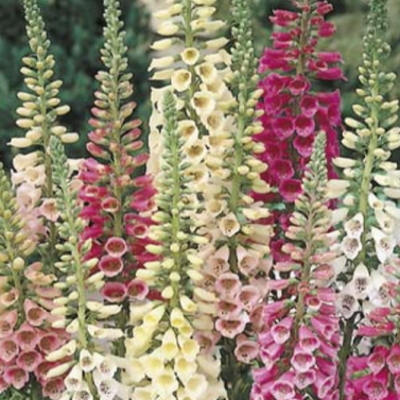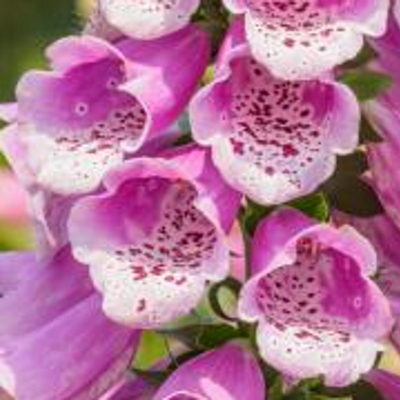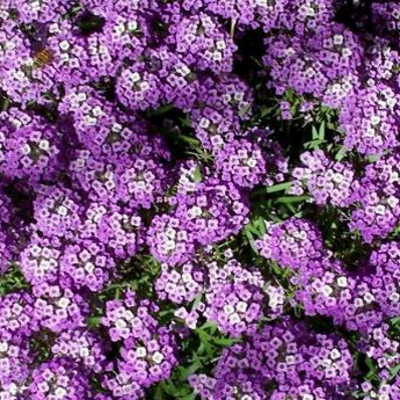-
Out of stock
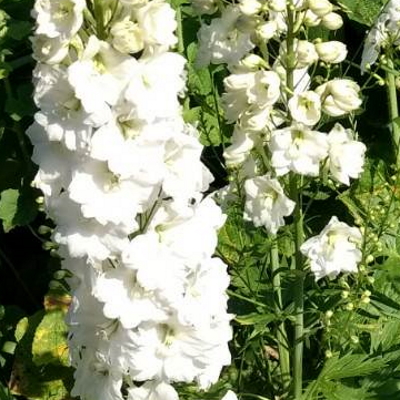
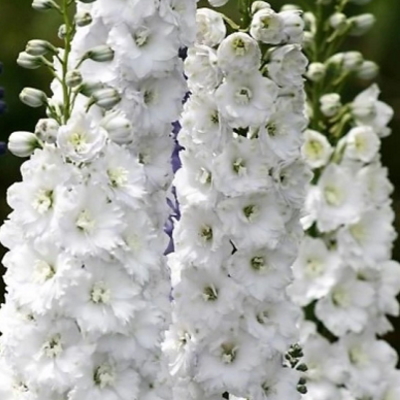 An F1 hybrid breeding breakthrough. Excellent bloom production during short days for cut flowers. GREENHOUSE: Sow in Jan. or early Feb. Freeze seed for 24 hrs. just before sowing, to break dormancy. Use Jiffy Mix or fine sand for a growing medium. Germinate in cool soil at 54°F/12°C for 20 days, according to color (best colors are smallest seedlings). High temp. will prevent germ. Grow seedlings cool, at 60°F/16°C days and 50°F/10°C nights. DIRECT SOWING: Sow outside in late August in cool soil. Freeze seed 24 hours before sowing. Do not pinch the flower heads. For improved blossoms, add lime to the soil each year.
An F1 hybrid breeding breakthrough. Excellent bloom production during short days for cut flowers. GREENHOUSE: Sow in Jan. or early Feb. Freeze seed for 24 hrs. just before sowing, to break dormancy. Use Jiffy Mix or fine sand for a growing medium. Germinate in cool soil at 54°F/12°C for 20 days, according to color (best colors are smallest seedlings). High temp. will prevent germ. Grow seedlings cool, at 60°F/16°C days and 50°F/10°C nights. DIRECT SOWING: Sow outside in late August in cool soil. Freeze seed 24 hours before sowing. Do not pinch the flower heads. For improved blossoms, add lime to the soil each year. -
Out of stock
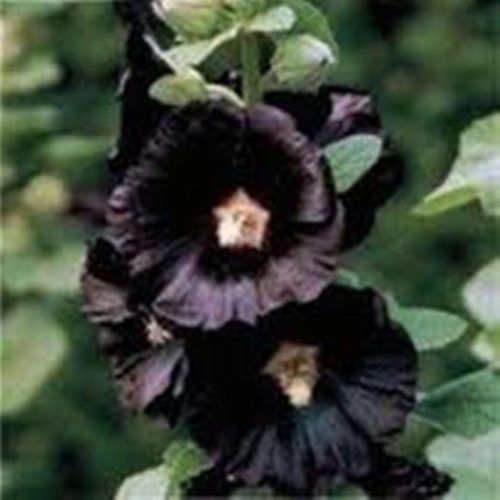 Biennial. This traditional variety is shockingly beautiful and richly coloured with its near-black flowers with just a hint of red. Gorgeous planted in the back of your flower bed or next to white buildings white flowers. A must for historical gardens.
Biennial. This traditional variety is shockingly beautiful and richly coloured with its near-black flowers with just a hint of red. Gorgeous planted in the back of your flower bed or next to white buildings white flowers. A must for historical gardens. -
Out of stock
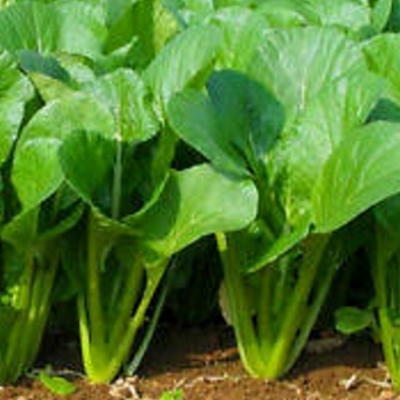
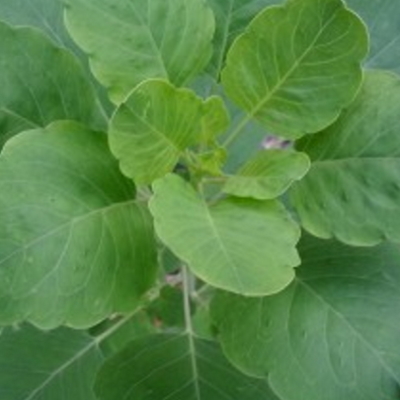
Ethiopian Kale matures in 40 days. Technically, a Mustard, Ethiopian Kale is an unusual leafy green. The hearty leaves have a very complex flavor with overtones of spice and garlic. Great for picking at the baby size in under 3 weeks, or waiting for fully grown leaves. Ethiopian Kale works great makes delicious salad mix, standalone raw, or lightly cooked. An extra cold-tolerant and drought-resistant crop. If you're going to try only one new green this year, Ethiopian Kale should be your first choice.
-
Out of stock
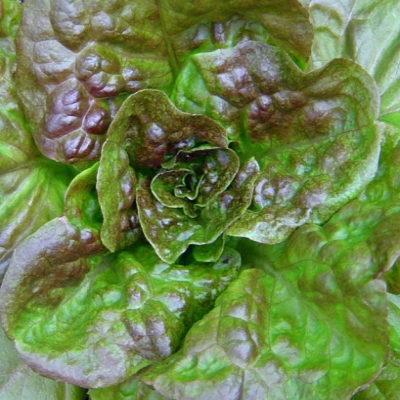 Bronze Mignonette is a Butterhead Heirloom Lettuce Bronze Mignonette is a heat-tolerant and slow to bolt butterhead lettuce variety that has been around for over 100 years. It's bronze leaves are crisp and perfect for salads and sandwiches Frilled green leaves have a bronze tinge with a cream coloured heart. Large heads and tender buttery leaves tipped in red are a rare treat. Plants need plenty of space to reach the full potential of this lettuce so keep plants 45 cm apart. Plant in lots of organic well-drained fertile soil. Harvest early in the morning to obtain the best flavour. Keep soil evenly moist for best growth. Plant every 2 weeks from early spring until August to maintain fresh crop all summer.
Bronze Mignonette is a Butterhead Heirloom Lettuce Bronze Mignonette is a heat-tolerant and slow to bolt butterhead lettuce variety that has been around for over 100 years. It's bronze leaves are crisp and perfect for salads and sandwiches Frilled green leaves have a bronze tinge with a cream coloured heart. Large heads and tender buttery leaves tipped in red are a rare treat. Plants need plenty of space to reach the full potential of this lettuce so keep plants 45 cm apart. Plant in lots of organic well-drained fertile soil. Harvest early in the morning to obtain the best flavour. Keep soil evenly moist for best growth. Plant every 2 weeks from early spring until August to maintain fresh crop all summer. -
Out of stock
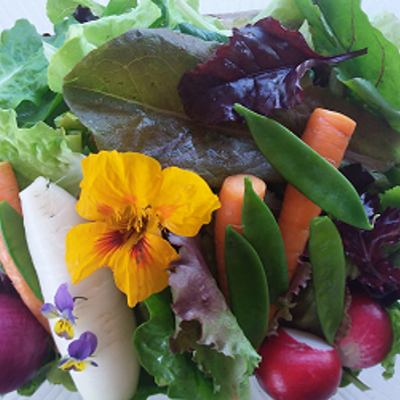
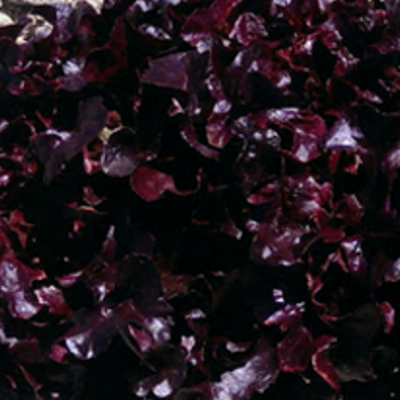 A real standout in both the garden and in your salad bowl. Harvest when leaves are small to add a brilliant colour to spring salads. Outrageous Red is slow to bolt in the summer heat and keeps its mild, non-bitter flavour. The colour fades in hot weather but it stands up well. Sow in early spring and then again in August to have this lively leag lettuce available all summer. Cut leaves 2-3 cm above the stem base to allow the plant to sprout new leaves. If the plant starts to bolt remove the plant as leaves become bitter.
A real standout in both the garden and in your salad bowl. Harvest when leaves are small to add a brilliant colour to spring salads. Outrageous Red is slow to bolt in the summer heat and keeps its mild, non-bitter flavour. The colour fades in hot weather but it stands up well. Sow in early spring and then again in August to have this lively leag lettuce available all summer. Cut leaves 2-3 cm above the stem base to allow the plant to sprout new leaves. If the plant starts to bolt remove the plant as leaves become bitter. -
Out of stock
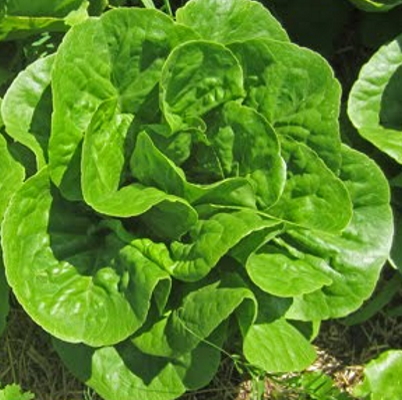 Winter Density is an early, small compact romaine. Its dark green leaves with an upright growth habit build a 20 cm tall densely packed head. You can count on Winter Density to be delectable butterhead/romaine cross is frost tolerant. Since it is bolt resistant and suited to all sowing dates and a great variety for spring, summer, and fall production. Perfect size for small families. Pick small outside leaves or harvest the whole head.
Winter Density is an early, small compact romaine. Its dark green leaves with an upright growth habit build a 20 cm tall densely packed head. You can count on Winter Density to be delectable butterhead/romaine cross is frost tolerant. Since it is bolt resistant and suited to all sowing dates and a great variety for spring, summer, and fall production. Perfect size for small families. Pick small outside leaves or harvest the whole head. -
Out of stock
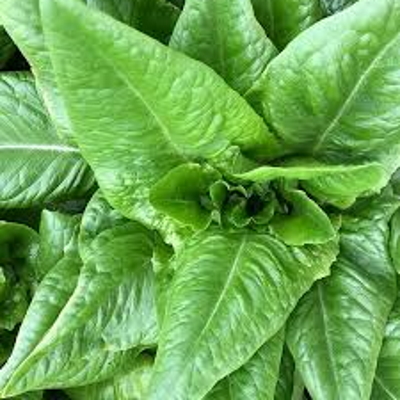 This lettuce can be used as a baby leaf in 30 days or 45 days to fully grown. An outstanding and unique variety, Amish Deer Tongue has triangular leaves that are packed with great taste and wonderful texture. Great for organic gardens. Its visual appearance and strong growth habit make it a great heirloom variety to try. The dark green triangular leaves have thin midribs similar to romaine but with a nutty flavour. Once you try this lettuce you will want it in your salad bowl often during the season. Amish Deer Tongue has a 90% germination rate which is above the 70% rate for most lettuce varieties.
This lettuce can be used as a baby leaf in 30 days or 45 days to fully grown. An outstanding and unique variety, Amish Deer Tongue has triangular leaves that are packed with great taste and wonderful texture. Great for organic gardens. Its visual appearance and strong growth habit make it a great heirloom variety to try. The dark green triangular leaves have thin midribs similar to romaine but with a nutty flavour. Once you try this lettuce you will want it in your salad bowl often during the season. Amish Deer Tongue has a 90% germination rate which is above the 70% rate for most lettuce varieties. -
Out of stock
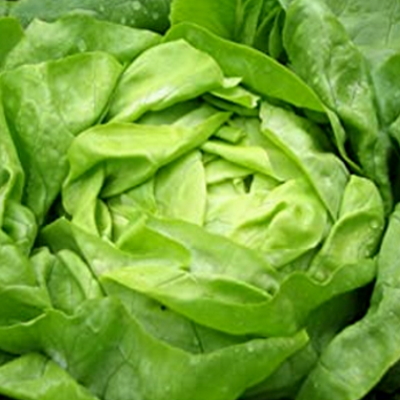 Buttercrunch is a real winner and always a favorite in our organic gardens. This is a butterhead type of lettuce with crisp, thick well-formed medium to dark green outer leaves which hides the buttery yellow-white heart. Buttercrunch has good resistance to bolting. For ultimate flavour and nutrition eat directly after picking. We found that all lettuce, especially our buttercrunch grows in moist rich organic compost. Spring lettuce is grown in sunny locations, while summer crops prefer light shade. Since lettuce is a cool-weather crop, sow the seed as soon as the soil can be worked in the spring then every two weeks thereafter to ensure a continuous supply. Sow seed about 3 mm deep. Head lettuce such as Buttercrunch should be thinned to 30 cm apart to provide ample nutrients and room for growth. An even supply of moisture during the entire growth period is imperative for success. Harvest head lettuce by cutting the head off at the base just below the lower leaves.
Buttercrunch is a real winner and always a favorite in our organic gardens. This is a butterhead type of lettuce with crisp, thick well-formed medium to dark green outer leaves which hides the buttery yellow-white heart. Buttercrunch has good resistance to bolting. For ultimate flavour and nutrition eat directly after picking. We found that all lettuce, especially our buttercrunch grows in moist rich organic compost. Spring lettuce is grown in sunny locations, while summer crops prefer light shade. Since lettuce is a cool-weather crop, sow the seed as soon as the soil can be worked in the spring then every two weeks thereafter to ensure a continuous supply. Sow seed about 3 mm deep. Head lettuce such as Buttercrunch should be thinned to 30 cm apart to provide ample nutrients and room for growth. An even supply of moisture during the entire growth period is imperative for success. Harvest head lettuce by cutting the head off at the base just below the lower leaves. -
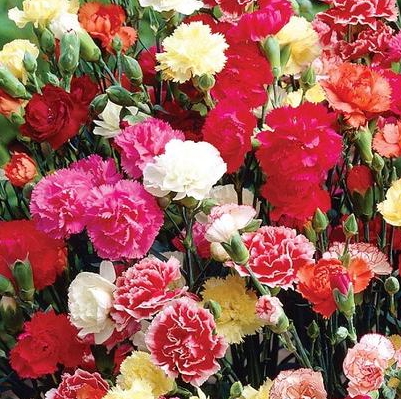
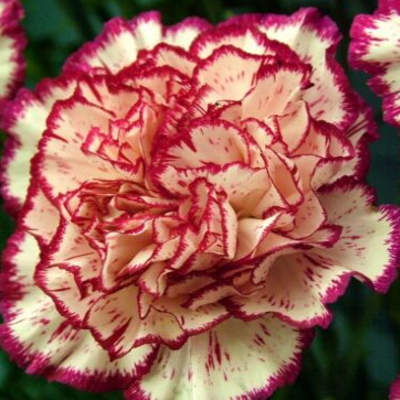 Chabauds Giant Carnation is a half-hardy biennial prized for its long bloom season. Large flowers with lovely spicy, clove-like fragrance bloom in many shades of crimson, red, rose, pink, yellow, and white. Carnations grown in groups make a striking attraction in gardens. For early blooms, start indoors 6-8 weeks before the last frost. Thin or transplant when 15-25 cm tall. This tender perennial can overwinter in milder climates. To overwinter in Zone 3b to 4a cover with a thick layer of mulch but remove mulch in early spring. One of the garden favourites-Chabauds Giant Carnation does not readily self-sow. Harvest early spent blossom head by cutting stem near the ground and hang dry with a paper bag tied around the stem to catch seeds that may drop.
Chabauds Giant Carnation is a half-hardy biennial prized for its long bloom season. Large flowers with lovely spicy, clove-like fragrance bloom in many shades of crimson, red, rose, pink, yellow, and white. Carnations grown in groups make a striking attraction in gardens. For early blooms, start indoors 6-8 weeks before the last frost. Thin or transplant when 15-25 cm tall. This tender perennial can overwinter in milder climates. To overwinter in Zone 3b to 4a cover with a thick layer of mulch but remove mulch in early spring. One of the garden favourites-Chabauds Giant Carnation does not readily self-sow. Harvest early spent blossom head by cutting stem near the ground and hang dry with a paper bag tied around the stem to catch seeds that may drop. -
-
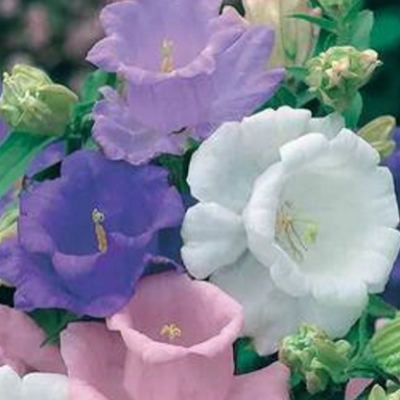 Canterbury Bells Cup and Saucer Mix is a hardy, attractive biennial flowering plant. Canterbury Bells seeds are a good way to establish this flowering bellflower mix that produces bell-shaped flowers with a flat base in various shades of blue, pink, and white. Canterbury Bells is the biennial, so the plant produces foliage the first year and flowers the second year blooming from spring to early summer.
Canterbury Bells Cup and Saucer Mix is a hardy, attractive biennial flowering plant. Canterbury Bells seeds are a good way to establish this flowering bellflower mix that produces bell-shaped flowers with a flat base in various shades of blue, pink, and white. Canterbury Bells is the biennial, so the plant produces foliage the first year and flowers the second year blooming from spring to early summer. -
